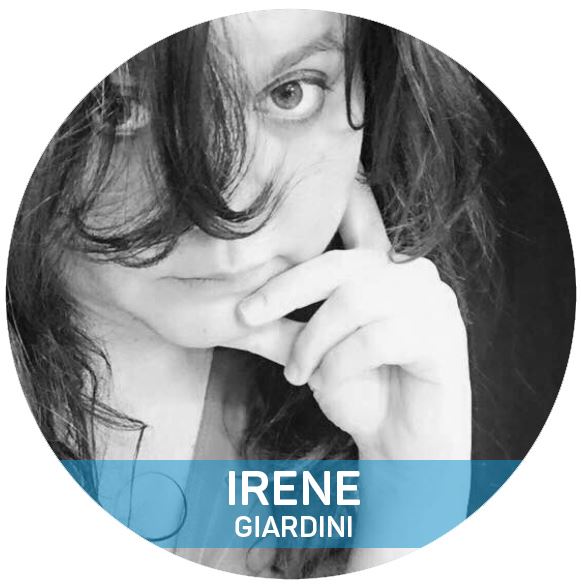- Home
- About
- ISST Board Elections
- 2016 Elections
- Nominations & Candidates
- Irene Giardini Personal Statement
PERSONAL STATEMENTDear Colleagues, I have written this short autobiographic
presentation to support my nomination as
Secretary of the ISST. psychological assistance to people who are facing grief and loss. Furthermore, in collaboration with the Clinical Psychology Department of Bellaria Hospital in Bologna, I carry out research studies on the effectiveness of meditation in oncological patients. Since 2012, when I first attended a training in Schema Therapy, I have welcomed this therapeutic approach with great enthusiasm. Today I am a certified advanced Schema Therapist and I strongly believe that this approach can really help patients to overcome their sufferings, by changing the dysfunctional behaviors and attitudes that have characterized their entire life. In 2012 I started promoting Schema Therapy throughout Italy and also became the
person in charge of the Schema Therapy Center in Bologna, where one of my main
tasks is spreading ST within the clinical sector, all over the region. All over the years, I have had the chance to attend several workshops led by some of the most eminent experts in the field of Schema Therapy, such as Arnoud Arntz, David Bernstein, Eckhard Roediger, Wendy Behary and Jeffrey Young, as well as two different trainings: the first one, led by Christof Loose, in Schema Therapy for
children and adolescents, and the second one, led by Joan Farrell and Ida Shaw, in
Group Schema Therapy. In addition to all this, a few years ago I started working as a web journalist for the online magazine “State of Mind”; therefore, I would like to build on these skills by working as a Secretary of the ISST and, more specifically, by actively engaging in editing the Schema Therapy Bulletin. This having been said, I sincerely hope to be able to make my own contribution to the ISST functioning. Thanks to my organizational abilities, I could make the communication process between different members and groups easier, to encourage them to exchange ideas, to support the promotion of Schema Therapy by implementing the ISST members’ activities and to give serious consideration to each single therapist’s competences. Many thanks for your kind attention.
Warm regards, |
